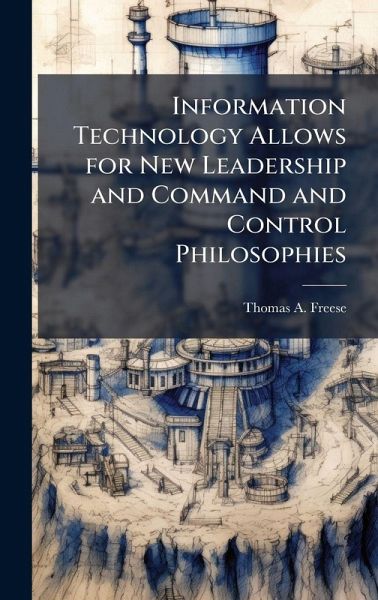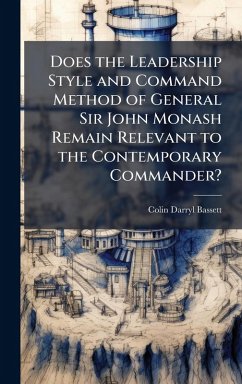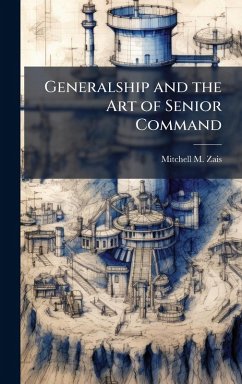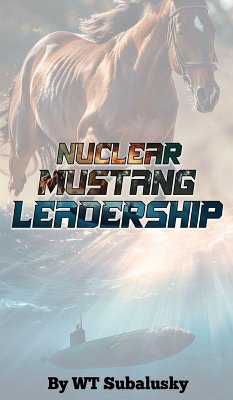
Information Technology Allows for New Leadership and Command and Control Philosophies
Versandkostenfrei!
Versandfertig in über 4 Wochen
25,99 €
inkl. MwSt.
Weitere Ausgaben:

PAYBACK Punkte
13 °P sammeln!
The United States (US) is transitioning from the industrial age to the information age. The rapid change and availability of information technology is affecting the military. The Department of Defense contends that the military services must undergo a cultural change to be more innovative in order to take advantage of information technology. The Department is proposing the cultural change through the implementation of its Network-Centric Warfare theory. Network-Centric Warfare theory has been met by resistance from many organizations within the Department. For its part the Air Force has shown ...
The United States (US) is transitioning from the industrial age to the information age. The rapid change and availability of information technology is affecting the military. The Department of Defense contends that the military services must undergo a cultural change to be more innovative in order to take advantage of information technology. The Department is proposing the cultural change through the implementation of its Network-Centric Warfare theory. Network-Centric Warfare theory has been met by resistance from many organizations within the Department. For its part the Air Force has shown that it is an innovative organization that can take advantage of information technology to improve its warfighting capability. However, the Air Force has also shown that limitations within the service do exist but it is not from information technology or innovation. This work has been selected by scholars as being culturally important, and is part of the knowledge base of civilization as we know it. This work was reproduced from the original artifact, and remains as true to the original work as possible. Therefore, you will see the original copyright references, library stamps (as most of these works have been housed in our most important libraries around the world), and other notations in the work. This work is in the public domain in the United States of America, and possibly other nations. Within the United States, you may freely copy and distribute this work, as no entity (individual or corporate) has a copyright on the body of the work. As a reproduction of a historical artifact, this work may contain missing or blurred pages, poor pictures, errant marks, etc. Scholars believe, and we concur, that this work is important enough to be preserved, reproduced, and made generally available to the public. We appreciate your support of the preservation process, and thank you for being an important part of keeping this knowledge alive and relevant.












